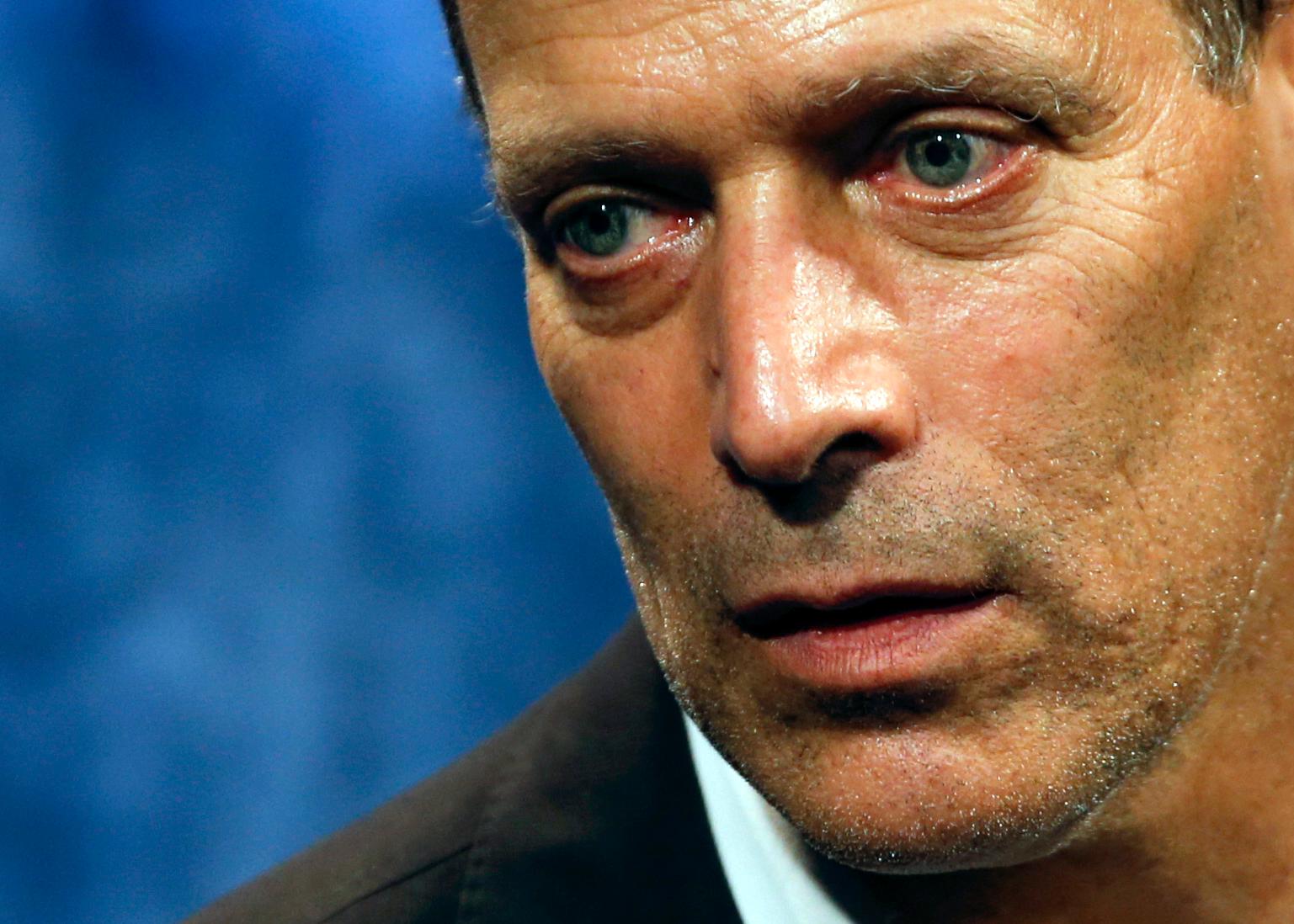Anxiety disorders
Sebastian Junger on PTSD: ‘It’s coming home that’s actually the trauma’
Veterans’ post-traumatic stress may have less to do with what fighters see on the battlefield and more with the kind of society the soldiers return to. That’s what veteran war correspondent Sebastian Junger believes after researching the topic and talking to veterans of America’s wars.
A Father’s Account Of His Late Son’s Battle With Post-Traumatic Stress Disorder
This week The Takeaway is exploring the individual and collective experience of post-traumatic stress disorder (PTSD) in America as we enter the long aftermath of two wars in Iraq and Afghanistan. Everyday 22 veterans commit suicide–almost one an hour. Last year there were a total of 349 suicides among active personnel. It is also important […]
Some soldiers confront reality where PTSD is part of their identity
The wars in Iraq and Afghanistan have sent hundreds of thousands of soldiers home with post-traumatic stress disorder. The issue is serious, but for some it’s even more complicated. For soldiers like Matt Cook, the psychological toll of war once seemed like an essential right of passage. Today, it’s his reality.
Military uses war simulations to help prevent PTSD in soldiers
War simulations are being used by the military to mentally prepare and test soldiers for the stressful conditions they could face during war. Researchers hope to prevent future cases of PTSD among combat veterans through new initiatives they’re testing now.
Former judge says courts likely to face influx of cases connected to P.T.S.D.
An estimated 350,000 American veterans will return home with P.T.S.D., making it difficult for them to readjust to civilian life. A former Connecticut judge says the influx could lead to an unprecedented rise in court cases connected to the disorder.
A new name for PTSD could reduce stigma among veterans
Thousands of American soldiers suffer from the effects of Post Traumatic Stress Disorder or PTSD, yet many of them don’t seek help. Mental health professionals are hoping changing the name of PTSD will stamp out a stigma and encourage more veterans to request treatment.

